
Category:
Time:
Sodium chloride is the most widely used salt in the food industry. Currently, the average salt intake is 9-12 g/day, whereas WHO has suggested that the salt intake should be <5 g/day. Sodium can cause hypertension and other health problems. Common salt sources in our diets are processed foods, bread, meat products and cheeses. The salt level of many cheeses is around 1.5% and for spreads it is around 1.2%. An alternative source of salt is milk minerals. Milk has a small mineral fraction, about 7 g/L. The biggest parts of this fraction are calcium, phosphorus and potassium. There is almost 80% less sodium in milk mineral salt than in common table salt. When compared to sodium, potassium has an antagonistic effect and can lower blood pressure. Although potassium has a more metallic aftertaste, it does have potential for salting purposes in combination with sodium chloride.
This presentation introduces reduced salt products that have been made using milk minerals. The salt level in the final products is 0.6-0.7% and they still have a pleasant taste. When the whole cheese sandwich is made from products made with milk mineral salts, it is possible to decrease the salt intake by 50% when compared to the original products. These products are very promising also from the nutritional economics point of view as 65 million euros can be saved from the health care costs in Finland in the next 10 years, when this level of salt reduction is achieved in every day products.


















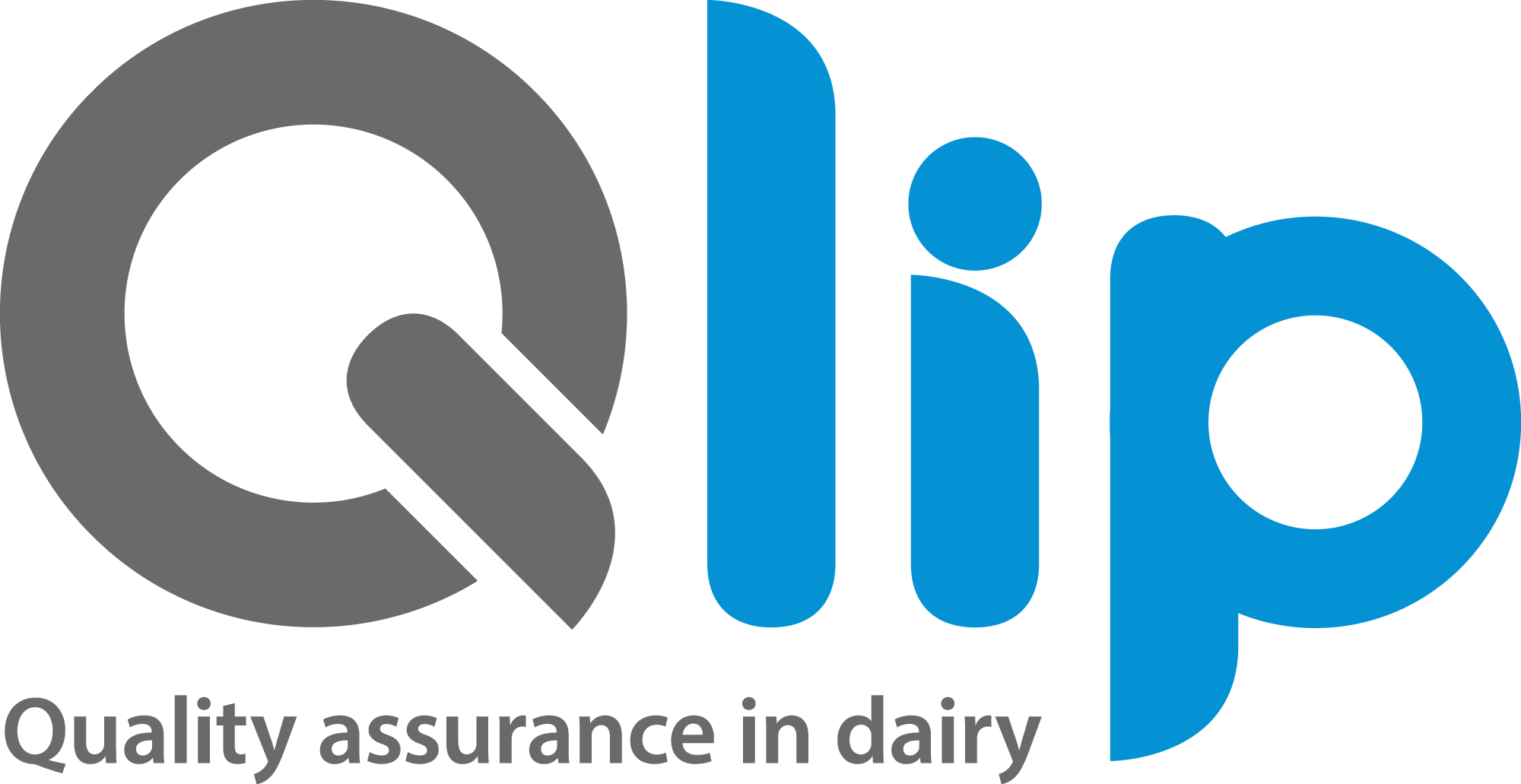













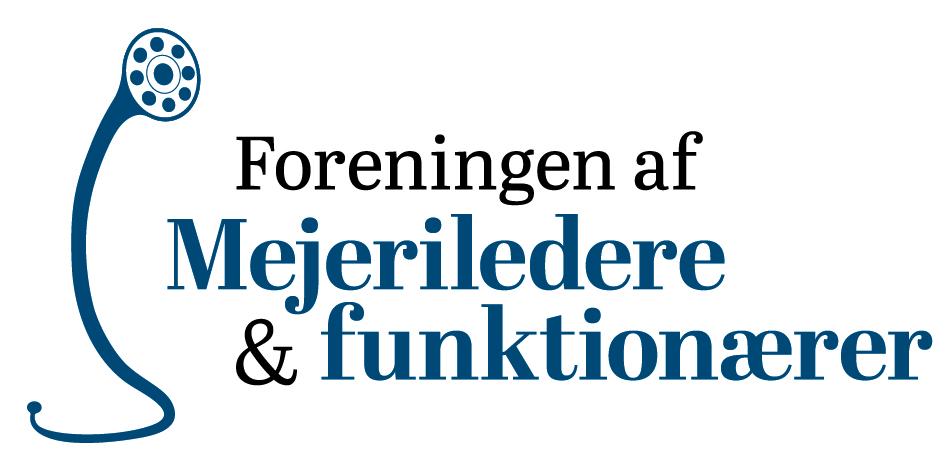




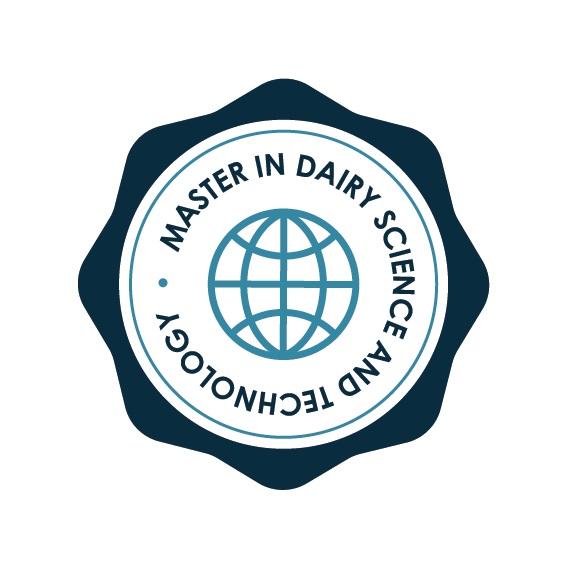


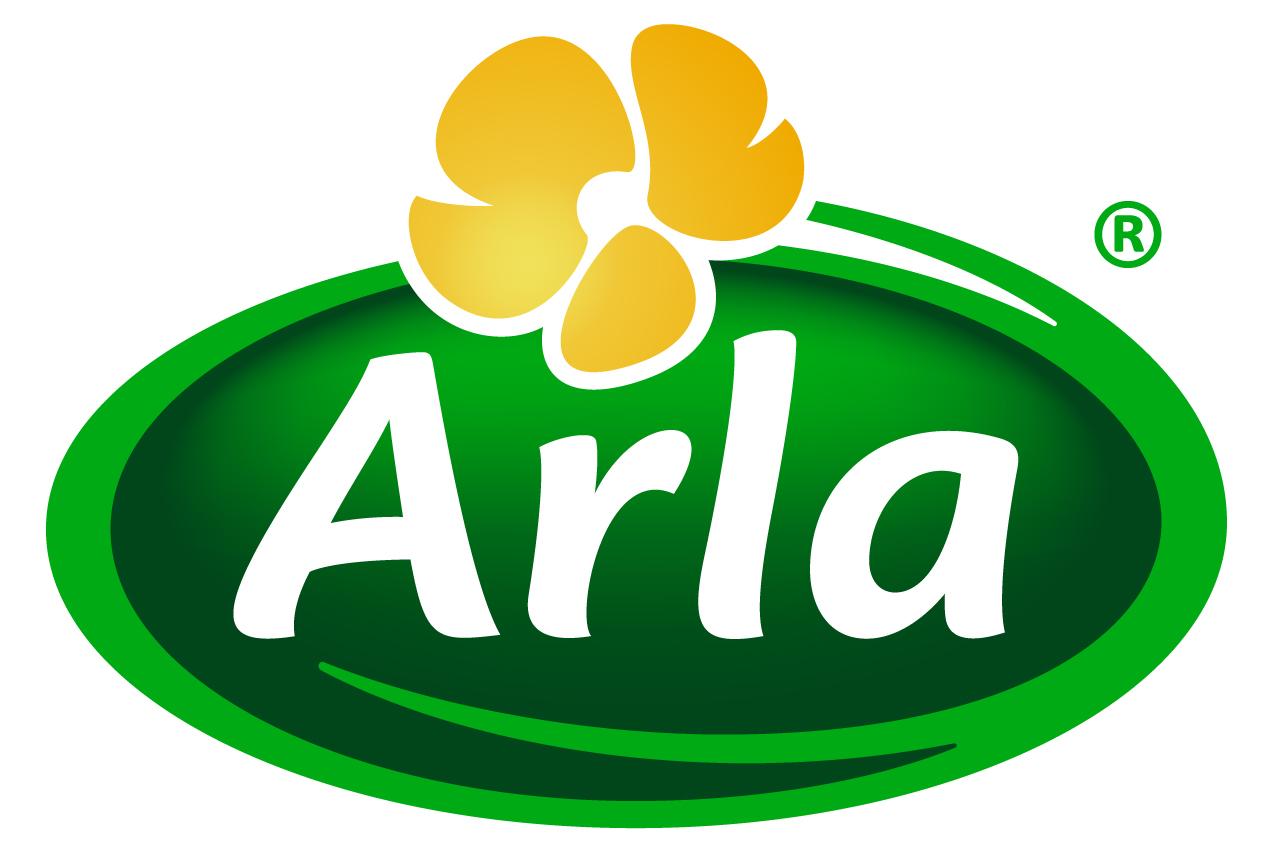

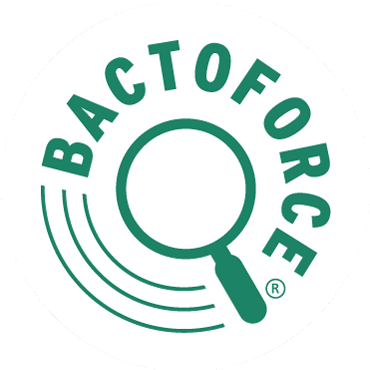


 Munkehatten 28
Munkehatten 28